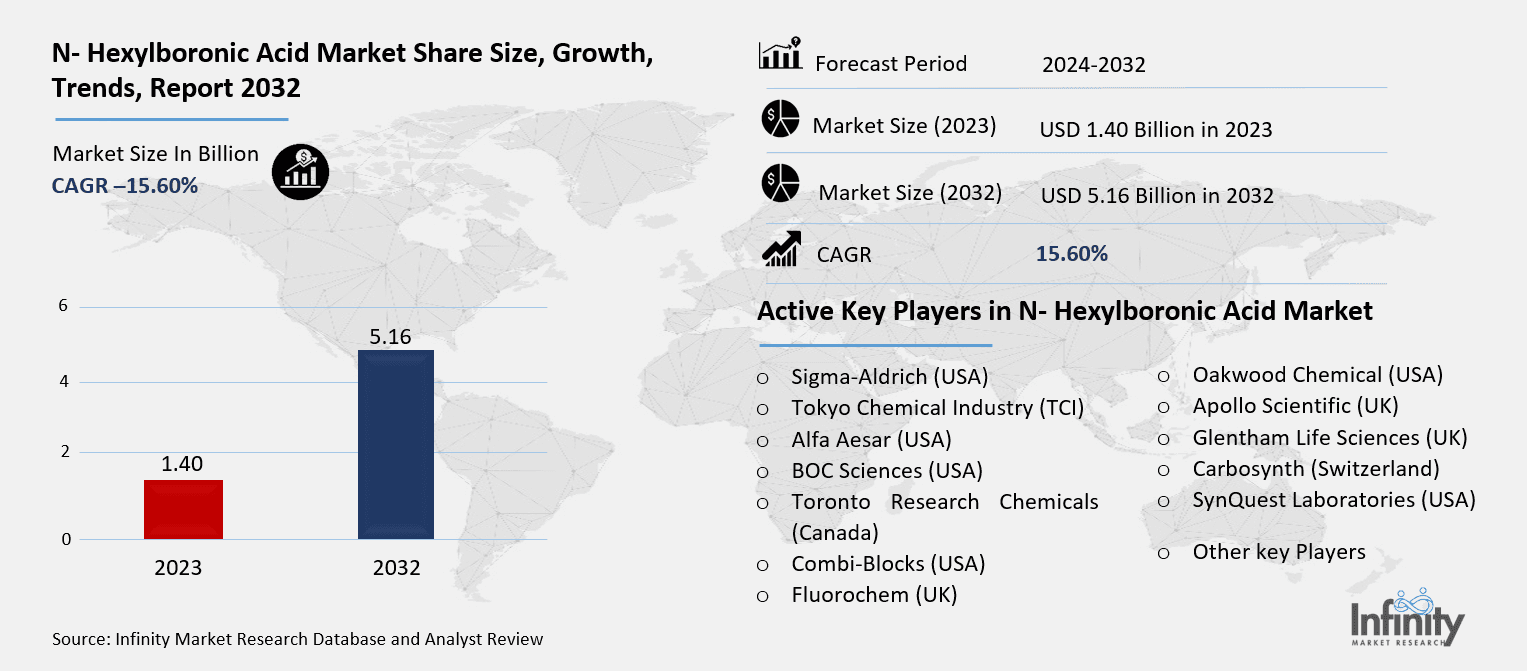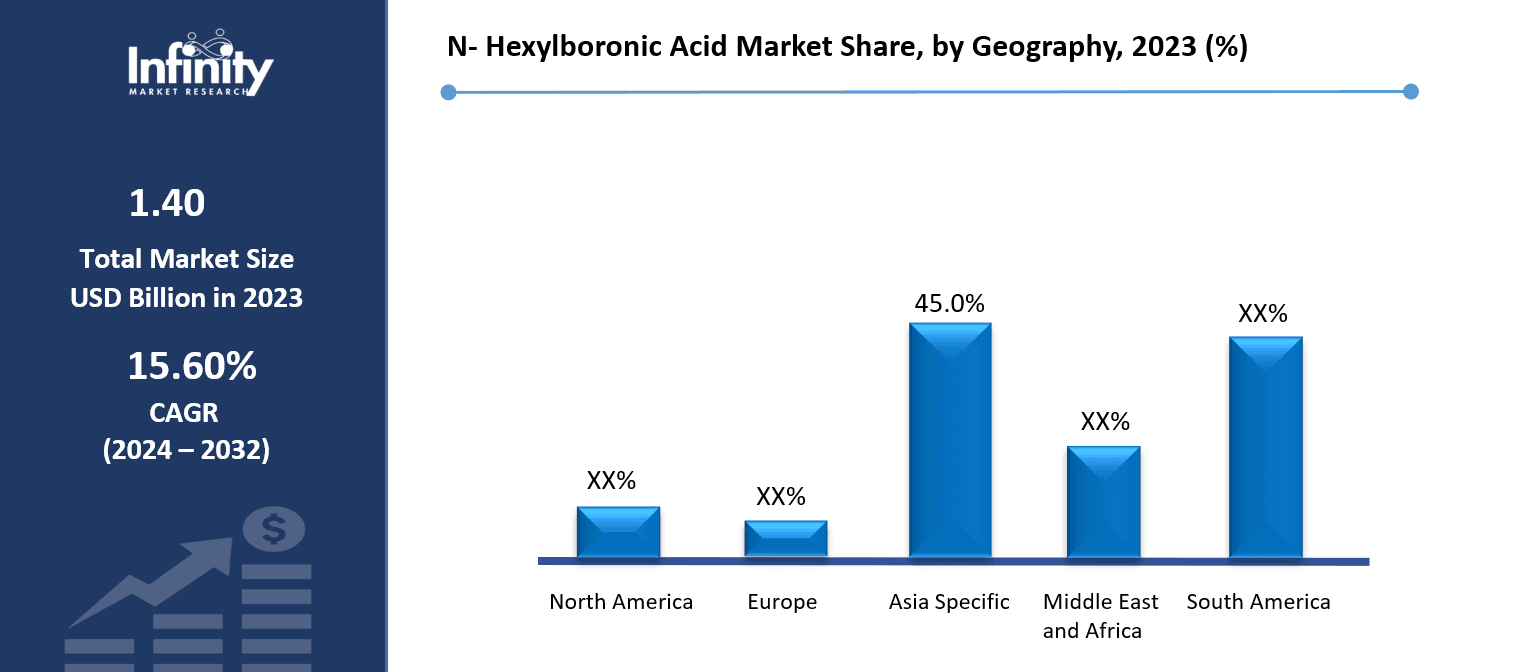
🔐 Secure Payment Guaranteed
Safe checkout with trusted global payment methods.
🌟 Why Choose Infinity Market Research?
At Infinity Market Research, we dont just deliver data — we deliver clarity, confidence, and competitive edge.
In a world driven by insights, we help businesses unlock the infinite potential of informed decisions.
Here why global brands, startups, and decision-makers choose us:
Industry-Centric Expertise
With deep domain knowledge across sectors — from healthcare and technology to manufacturing and consumer goods — our team delivers insights that matter.
Custom Research, Not Cookie-Cutter Reports
Every business is unique, and so are its challenges. Thats why we tailor our research to your specific goals, offering solutions that are actionable, relevant, and reliable.
Data You Can Trust
Our research methodology is rigorous, transparent, and validated at every step. We believe in delivering not just numbers, but numbers that drive real impact.
Client-Centric Approach
Your success is our priority. From first contact to final delivery, our team is responsive, collaborative, and committed to your goals — because you re more than a client; you re a partner.
Recent Reports
Global Myopia Control Lenses Market Report 2025-33
Hyaluronic Acid-based Dermal Fillers Market Report
N-Hexylboronic Acid Market
N-Hexylboronic Acid Market Global Industry Analysis and Forecast (2024-2032) By Purity( ≥98%, <98%),By Application(Pharmaceutical Intermediates, Organic Synthesis, Catalysts & Reagents, Others),By End-Use Industry(Pharmaceuticals, Chemicals, Research & Development, Others) and Region
Mar 2025
Chemicals and Materials
Pages: 138
ID: IMR1856
N-Hexylboronic Acid Market Synopsis
N-Hexylboronic Acid Market Size Was Valued at USD 1.40 Billion in 2023, and is Projected to Reach USD 5.16 Billion by 2032, Growing at a CAGR of 15.60% From 2024-2032.
Widely utilized in organic synthesis, pharmacological intermediates, and as a reagent in many chemical reactions, N-hexylboronic Acid is an organoboron substance. Its capacity to create persistent boronate esters makes it a vital component in Suzuki coupling events and other catalytic reactions. Applied in several sectors, N-Hexylboronic Acid is essential for contemporary chemical and pharmaceutical production.
Mostly employed in the chemical and pharmaceutical sectors, n-hexylboronic acid is a crucial chemical molecule belonging to the boronic acid family. In organic synthesis, it is an important reagent since it helps to create carbon-carbon bonds in cross-coupling events like Suzuki-Miyaura coupling. In medical chemistry, where it is used to create active pharmaceutical ingredients (APIs) and novel therapeutic candidates, this quality makes it quite valuable. Because it may interact with diols and generate reversible boronate esters, the chemical is also used in material sciences, notably in polymer chemistry.
Particularly in areas with significant pharmaceutical and chemical sectors, the growing need for high-purity chemical reagents has resulted in higher manufacturing of N-Hexylboronic Acid. Since contaminants can greatly affect the effectiveness of synthesis procedures, companies are concentrating on improving manufacturing strategies to reach better purity degrees. Furthermore broad applications for N-Hexylboronic Acid, including catalysis, ligand synthesis, and bioconjugation, have come from developments in organoboron chemistry. The compound's adaptability and growing study on boron-based compounds help to explain its indispensible nature in contemporary synthetic chemistry.
N-Hexylboronic Acid Market Outlook, 2023 and 2032: Future Outlook

N-Hexylboronic Acid Market Trend Analysis
Trend: Growing Demand for High-Purity Boronic Acids
The market for high-purity N-Hexylboronic Acid is seeing notable expansion as businesses want better performance chemical reagents more and more. Effective and repeatable reactions in the pharmaceutical and specialized chemical sectors depend on ≥98% pure boronic acids. Particularly in medication synthesis, strict quality control has driven manufacturers to concentrate on improving purification procedures, streamlining production processes, and creating cutting-edge analytical approaches to guarantee the best degree of purity.
Further increasing the demand for high-purity chemicals is the tightening regulations for pharmaceutical intermediates. Boronic acids are more important in drug design as tailored therapies and precision medicine emerge. This trend is likely to spur ongoing innovation in production processes, hence improving the quality of products and providing a more dependable supply chain for highly pure N-Hexylboronic Acid.
Opportunity: Expansion in Bioconjugation and Material Science Applications
With its use in bioconjugation and material sciences, N-Hexylboronic Acid is attracting interest outside conventional organic synthesis and pharmaceutical uses. By means of stable bonds formed from boronic acids in bioconjugation with biomolecules, new medication delivery systems and diagnostic instruments can be developed. Targeted drug release systems and glucose sensing technologies have taken use of their ability to reversibly bond with diols, therefore offering fresh options for innovation.
Material sciences are also looking into boronic acids' possibilities for smart materials and polymer design. As scientists find fresh approaches to include boronic acid chemistry into useful materials, the compound's importance in self-healing materials, responsive hydrogels, and electronic applications is expanding. Chemical producers have a great chance to widen their market reach and make investments in research and development to meet the changing needs of high-tech sectors by means of this growing application base.
Driver: Increasing Demand in Pharmaceutical Intermediates
The N-Hexylboronic Acid market is mostly driven by the pharmaceutical industry, whose application in drug manufacturing accounts for most of the demand. Essential intermediates in the synthesis of several drugs, notably proteasome inhibitors applied in cancer treatment, are boronic acids. Demand for premium boronic acids is driven by continuous research on new medication compounds and the worldwide pharmaceutical sector's growth.
Personalized medicine and biopharmaceuticals have made certain chemical building blocks even more important. Because N-Hexylboronic Acid can participate in selective and effective coupling events, it is being used in drug research and discovery more and more. Boronic acids are becoming more popular in the pharmaceutical industry thanks in part to developments in synthetic chemistry and green chemistry techniques as well as this element.
Restraints: High Production Costs and Purity Challenges
N-Hexylboronic Acid's manufacturing has major difficulties with cost and purity notwithstanding its increasing demand. High-purity boronic acids must be synthesised using exact manufacturing conditions, sophisticated purification methods and strict quality control standards. These elements help to explain more production costs, which can restrict market penetration particularly in areas with price sensitivity.
Furthermore difficult for producers is keeping constant purity levels. Quality control is therefore a major issue since contaminants in boronic acids can cause undesired byproducts and lower reaction efficiency. To get over these obstacles, businesses have to make investments in strong analytical tools and process optimization—which could call for significant capital outlay and technical innovation.
N-Hexylboronic Acid Market Segment Analysis
N-Hexylboronic Acid Market Segmented on the basis of purity, application and end user.
By Purity
o ≥98%
o <98%
By Application
o Pharmaceutical Intermediates
o Organic Synthesis
o Catalysts & Reagents
o Others
By Region
o North America (U.S., Canada, Mexico)
o Eastern Europe (Bulgaria, The Czech Republic, Hungary, Poland, Romania, Rest of Eastern Europe)
o Western Europe (Germany, UK, France, Netherlands, Italy, Russia, Spain, Rest of Western Europe)
o Asia Pacific (China, India, Japan, South Korea, Malaysia, Thailand, Vietnam, The Philippines, Australia, New-Zealand, Rest of APAC)
o Middle East & Africa (Turkey, Bahrain, Kuwait, Saudi Arabia, Qatar, UAE, Israel, South Africa)
o South America (Brazil, Argentina, Rest of SA)
By Purity, ≥98% segment is expected to dominate the market during the forecast period
Usually with values of ≥98% and <98%, N-hexylboronic acid is categorized according to purity standards. Applications in pharmaceutical and high-end organic synthesis favor high-purity (≥98%) variations since exact reactions and few impurities are essential in both. Strict regulations and the necessity of repeatable synthesis in drug development are driving growing demand for high-purity chemicals. As pharmaceutical and research uses grow, this category is projected to take front stage on the market.
Lower purity (<98%) N-Hexylboronic Acid is employed in applications where ultra-high purity is not a main need, though. These comprise bulk chemical synthesis, catalysts, and industrial uses where low cost is valued above great accuracy. This segment is nevertheless important in large-scale chemical production even if its market share is less than that of high-purity variations.
By Application, Pharmaceutical Intermediates segment expected to held the largest share
Applications of N-Hexylboronic Acid are in organic synthesis, pharmaceutical intermediates, catalysts, and reagents. Driven by growing use of boronic acids in drug development, especially in cancer therapies and antiviral drugs, the segment of pharmaceutical intermediates rules the market. Demand is still driven by the growth in the pharmaceutical industry as well as by increasing research on boron-based treatments.
N-Hexylboronic Acid is a fundamental reagent in carbon-carbon bond building processes in chemical synthesis. Its importance in cross-coupling processes has rendered it indispensible in fine chemical manufacture, polymer chemistry, and material sciences. Its employment as a catalyst and reagent in industrial operations also helps to guarantee constant demand across several chemical sectors and so strengthening its market presence.
N-Hexylboronic Acid Market Regional Insights
North America is Expected to Dominate the Market Over the Forecast period
Thanks mostly to its advanced chemical and pharmaceutical sectors, North America dominates the N-Hexylboronic Acid market. Major pharmaceutical firms and research facilities actively involved in medication development and discovery abound in this area. High demand for specialty chemicals in precision medicine combined with strict regulatory systems pushes the necessity of highly pure boronic acids.
Moreover, North America gains from high R&D funding and chemical synthesis technical developments. Well-known manufacturers and suppliers guarantees a consistent supply of premium boronic acids to fulfill industry needs. North America is projected to remain leading in the market as more applications in material sciences and life sciences find their place in daily life.
N-Hexylboronic Acid Market Share, by Geography, 2023 (%)

Active Key Players in the N-Hexylboronic Acid Market
o Sigma-Aldrich (USA)
o Tokyo Chemical Industry (TCI) (Japan)
o Alfa Aesar (USA)
o BOC Sciences (USA)
o Toronto Research Chemicals (Canada)
o Combi-Blocks (USA)
o Fluorochem (UK)
o Oakwood Chemical (USA)
o Apollo Scientific (UK)
o Glentham Life Sciences (UK)
o Carbosynth (Switzerland)
o SynQuest Laboratories (USA)
o Other key Players
Global N-Hexylboronic Acid Market Scope
|
Global N-Hexylboronic Acid Market | |||
|
Base Year: |
2023 |
Forecast Period: |
2024-2032 |
|
Historical Data: |
2017 to 2023 |
Market Size in 2023: |
USD 1.40 Billion |
|
Forecast Period 2024-32 CAGR: |
15.60% |
Market Size in 2032: |
USD 5.16 Billion |
|
Segments Covered: |
By Purity |
· ≥98% · <98% | |
|
By Application |
· Pharmaceutical Intermediates · Organic Synthesis · Catalysts & Reagents · Others | ||
|
By Region |
· North America (U.S., Canada, Mexico) · Eastern Europe (Bulgaria, The Czech Republic, Hungary, Poland, Romania, Rest of Eastern Europe) · Western Europe (Germany, UK, France, Netherlands, Italy, Russia, Spain, Rest of Western Europe) · Asia Pacific (China, India, Japan, South Korea, Malaysia, Thailand, Vietnam, The Philippines, Australia, New-Zealand, Rest of APAC) · Middle East & Africa (Turkey, Bahrain, Kuwait, Saudi Arabia, Qatar, UAE, Israel, South Africa) · South America (Brazil, Argentina, Rest of SA) | ||
|
Key Market Drivers: |
· Increasing Demand in Pharmaceutical Intermediates | ||
|
Key Market Restraints: |
· High Production Costs and Purity Challenges | ||
|
Key Opportunities: |
· Expansion in Bioconjugation and Material Science Applications | ||
|
Companies Covered in the report: |
· Sigma-Aldrich (USA), Tokyo Chemical Industry (TCI) (Japan), Alfa Aesar (USA), BOC Sciences (USA), Toronto Research Chemicals (Canada), Combi-Blocks (USA), Fluorochem (UK) and Other Major Players. | ||
📘 Frequently Asked Questions
1. What would be the forecast period in the N-Hexylboronic Acid Market research report?
Answer: The forecast period in the N-Hexylboronic Acid Market research report is 2024-2032.
2. Who are the key players in the N-Hexylboronic Acid Market?
Answer: Sigma-Aldrich (USA), Tokyo Chemical Industry (TCI) (Japan), Alfa Aesar (USA), BOC Sciences (USA), Toronto Research Chemicals (Canada), Combi-Blocks (USA), Fluorochem (UK) and Other Major Players.
3. What are the segments of the N-Hexylboronic Acid Market?
Answer: The N-Hexylboronic Acid Market is segmented into Purity, Application, End User and region. By Purity, the market is categorized into ≥98%, <98%. By Application, the market is categorized into Pharmaceutical Intermediates, Organic Synthesis, Catalysts & Reagents, Others. By End-Use Industry, the market is categorized into Pharmaceuticals, Chemicals, Research & Development, Others. By region, it is analyzed across North America (U.S.; Canada; Mexico), Eastern Europe (Bulgaria; The Czech Republic; Hungary; Poland; Romania; Rest of Eastern Europe), Western Europe (Germany; UK; France; Netherlands; Italy; Russia; Spain; Rest of Western Europe), Asia-Pacific (China; India; Japan; Southeast Asia, etc.), South America (Brazil; Argentina, etc.), Middle East & Africa (Saudi Arabia; South Africa, etc.).
4. What is the N-Hexylboronic Acid Market?
Answer: Widely utilized in organic synthesis, pharmacological intermediates, and as a reagent in many chemical reactions, N-hexylboronic Acid is an organoboron substance. Its capacity to create persistent boronate esters makes it a vital component in Suzuki coupling events and other catalytic reactions. Applied in several sectors, N-Hexylboronic Acid is essential for contemporary chemical and pharmaceutical production.
5. How big is the N-Hexylboronic Acid Market?
Answer: N-Hexylboronic Acid Market Size Was Valued at USD 1.40 Billion in 2023, and is Projected to Reach USD 5.16 Billion by 2032, Growing at a CAGR of 15.60% From 2024-2032.


🔐 Secure Payment Guaranteed
Safe checkout with trusted global payment methods.
🌟 Why Choose Infinity Market Research?
- Accurate & Verified Data:Our insights are trusted by global brands and Fortune 500 companies.
- Complete Transparency:No hidden fees, locked content, or misleading claims — ever.
- 24/7 Analyst Support:Our expert team is always available to help you make smarter decisions.
- Instant Savings:Enjoy a flat $1000 OFF on every report.
- Fast & Reliable Delivery:Get your report delivered within 5 working days, guaranteed.
- Tailored Insights:Customized research that fits your industry and specific goals.




